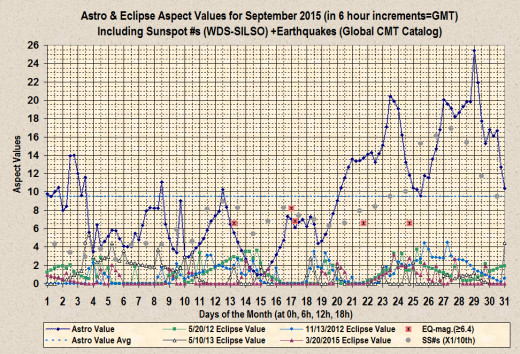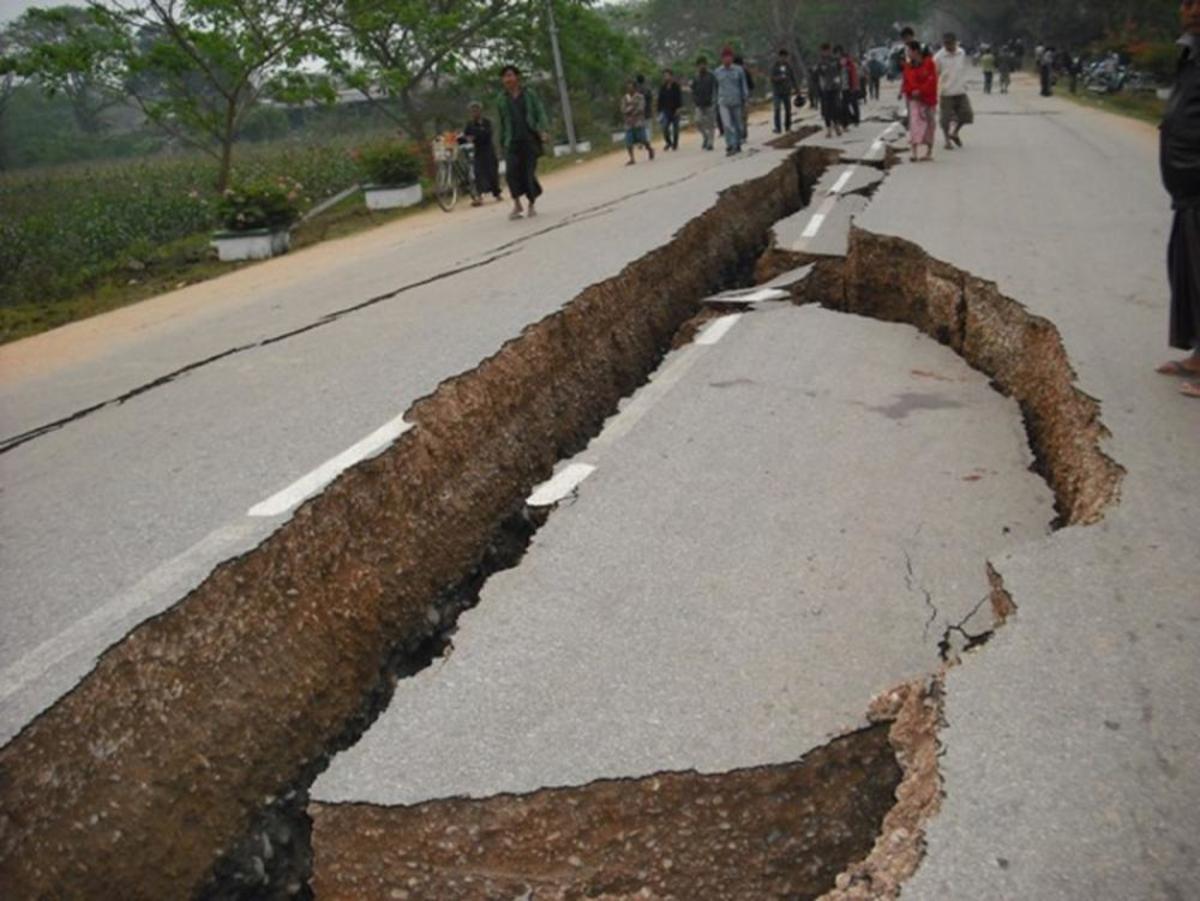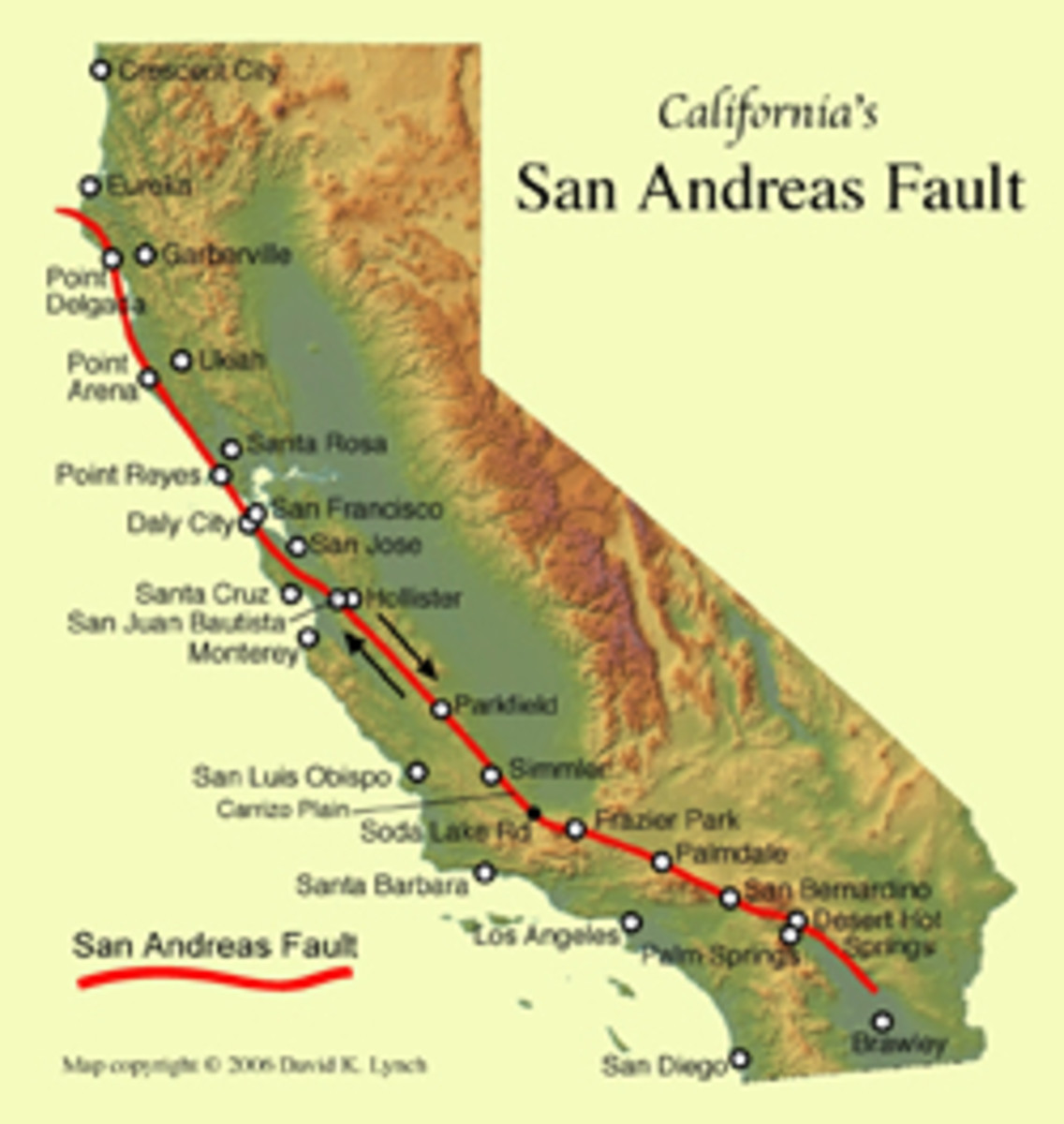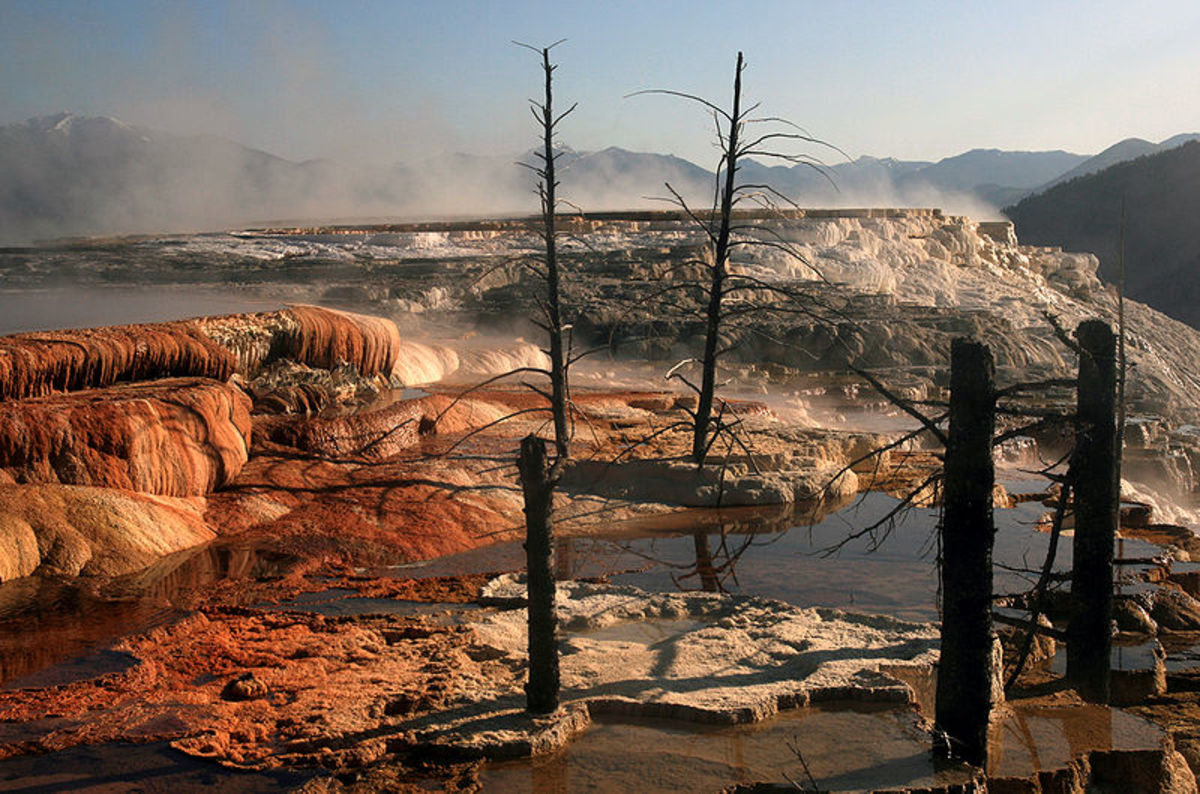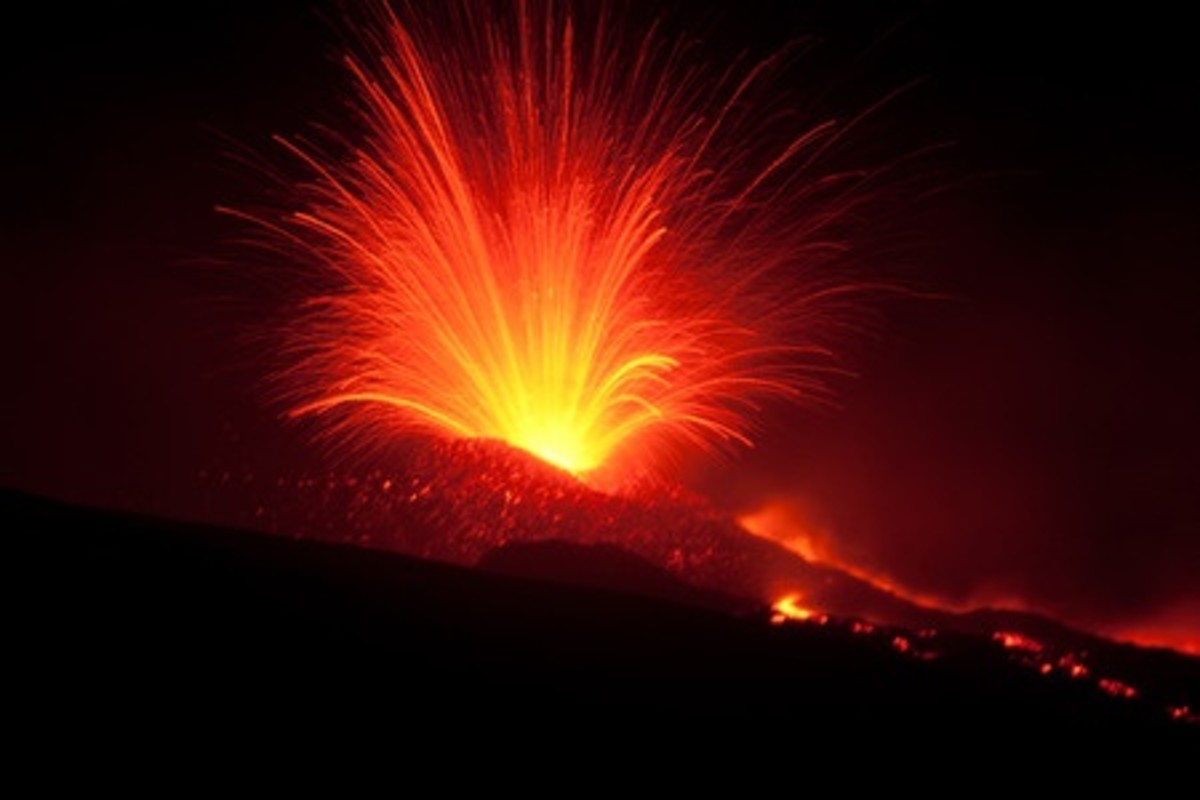Earthquake Review & Forecast for September-October 2015
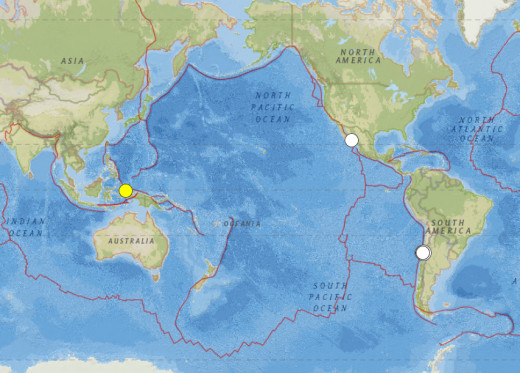
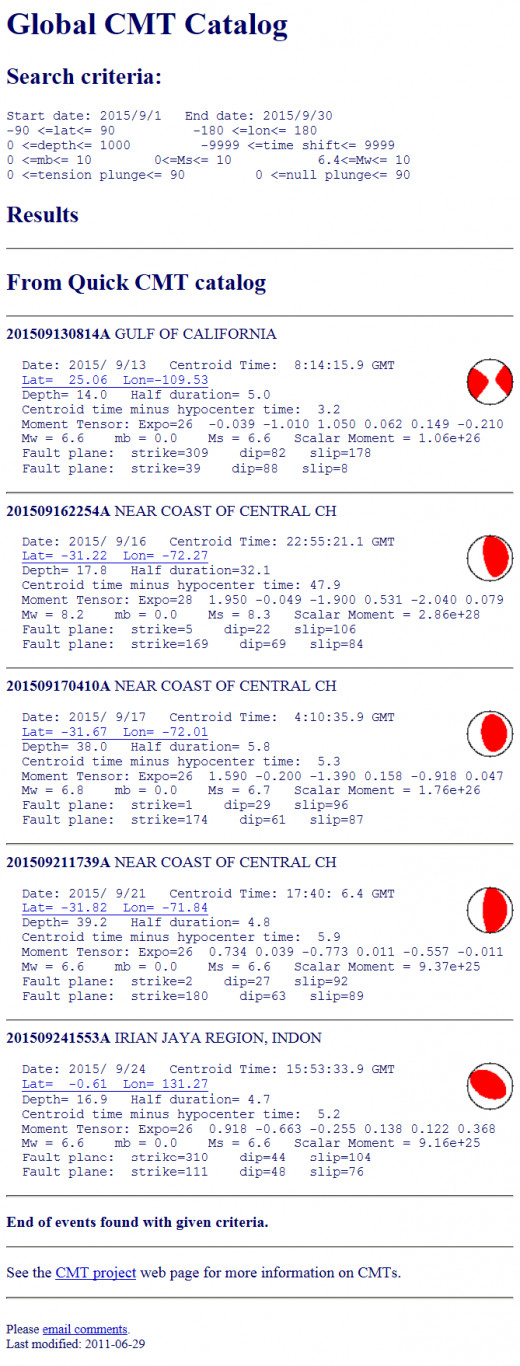
Huge 8.2 magnitude Chile quake
The big seismic news for September 2015 of course was the 8.2 magnitude earthquake that occurred on the coast of central Chile. Three months ago I mentioned that a 6.4 magnitude earthquake in the same general area could be a foreshock to a quake with a magnitude of around 7.5 (I was being conservative) and that it was a strong possibility in the near future.
Two months ago, I suggested that, because there was a very active period of ten days near the end of July 2015, that August was likely to be bigger than usual. It turned out to be just the opposite. The reason for that, it would seem was, as pointed out by myself a month before this hub, that there were no earthquakes of 7.1 magnitude or larger in the world for several months and that I expected such quakes to become active again shortly.
The 8.2 magnitude quake in Chile would seem to have made the case for me as far as any quakes larger than 7 in magnitude but, although September had that rare occurrence, the month was average when it came to the number of 6.4 or greater magnitude earthquakes (there were five that month per the Global CMT catalog). I also thought, following that huge seismic event, that other large quakes would follow throughout the world (as was the case following the Nepal quake of April 2015 and the 8.2 magnitude Chile earthquake of April 2014).
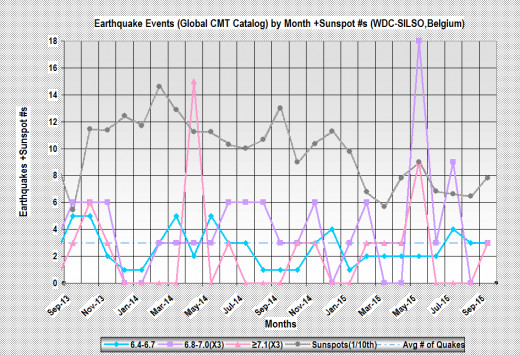
"Blood Moon" and no earthquakes of note
Also, big news for September 2015, was the “Blood Moon” late in the month or the day before the date that, four weeks earlier, I had forecast that there would be a 50% chance (realizing later that I had inflated the figure a bit) of a 6.8 magnitude or greater earthquake (which did not occur). So the big story there was: Great Eclipse! ..and no earthquake worth mentioning. Actually, there is not much of a surprise about the lunar eclipse not resulting in a large earthquake. Although there have been such earthquakes as the magnitude 8.25 event in Chile of November 20, 1820, which occurred during an exact full moon, and the Alaska mega quake of 9.2 magnitude on March 28, 1964 (about an hour past an exact full moon), these are only exceptions to the rule that full moons and lunar eclipses are over-rated and not really statistically significant when comparing the rate of significant earthquakes to their occurrence.
While we are on the subject of the word “mega” in reference to large earthquakes. The USGS is known for saying that such things as earthquake prediction is impossible (but forecasting statistical probabilities based on past occurrences is OK). They also say that there is no such thing as a mega quake. Of course that all depends on your definition of the word mega when used to define a seismic event. The media will often say that anything of 7 magnitude or larger is a mega quake, but the media tends to want to create a sensation any way it can; so no surprise there. Apparently, over at the USGS, one of the unwritten rules is that they are duty bound to do everything in their power to dismiss any information (such as that based on superstition) which could create a panic situation by labeling it complete and utter nonsense. So, while the media lowers the bar on the definition of mega, the USGS raises the bar to anything with a magnitude of 10 or above.
They thus say that a mega quake is impossible ...unless perhaps you have a Vogon alien race bent on demolishing our planet to make way for an intergalactic super highway as envisioned by Douglas Adam's in his Hitchhiker's Guide to the Galaxy. The largest earthquake ever recorded of course was the Chile earthquake of May 22, 1960 (9.5 or 9.6 magnitude). Since the USGS does not believe in doomsday scenarios for planet earth, it kind of makes sense that they do not see it likely that there will ever be a quake above 9.6 magnitude. I myself am not too keen on end of the world prophesies either, but I still use the word mega to define any earthquake of 8.75 magnitude or larger.
While we are discussing very large earthquakes, if we look at the historical record (in this case from 1918-2014) for the number of 7.75 magnitude or larger earthquakes (which I classify as “great” earthquakes), the average is between 1.5 and 2 such seismic events per year. If however, we look at just the ten year period from 2004 through 2013, the average number would be between 2.5 and 3 such quakes per year. Now, with three quarters of 2015 behind us, we have reached a total of 3 such earthquakes. That is actually a bit surprising because, with the exception of two bursts of activity and the last great quake in Chile, the past (nearly) two years has been rather quiet (at least when it comes to earthquakes of 7.1 magnitude and larger).
Will there be one more 7.75 magnitude or larger earthquake before the end of 2015? I am not sure, but November and December are usually more active than a typical month when it comes to the largest earthquakes (although the months of May and June are usually also noteworthy). In a recent hub I speculated, based on possible precursory seismic activity, that a 7.5 magnitude or larger earthquake could be coming (somewhere in the world; perhaps in the islands north of Australia) in mid November. So stay tuned..
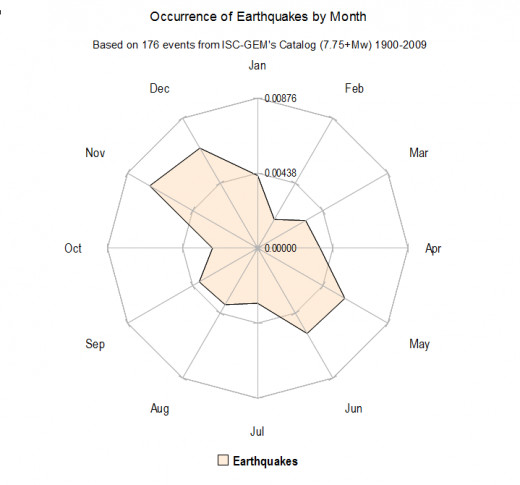
Forecast for October 2015
But I am getting a bit ahead of myself. As far as peaks in Astro-aspect values goes, November and December do not look more likely as candidates for big earthquakes than October does.. To be more precise, October 5, 2015 at 13:30UT, looks like the most likely date and time for such an earthquake between now and the end of the year. My probability estimate is 40% for a period of plus or minus 30 hours with possible epicenter locations of Papua New Guinea, Solomon Islands, Kamchatka, the Aleutian Islands, New Zealand, Mexico, Chile, and Nepal. But that is just looking at the number value of the peaks. Smaller peaks have been known to accompany very large earthquakes.

Looking at all the seismic windows as defined by Astro-aspect values for the month of October 2015, they comprise 58.25% of the month this time. What follows is the breakdown giving the dates, with the Universal Times in decimal format, and possible epicenter locations for each seismic window:
Window A: 10/01.0-10/01.67 Papua New Guinea (PNG), Solomon Islands, New Zealand, Kamchatka, Aleutian Islands, Mexico, Chile, Nepal.
Window B: 10/03.625-10/13.4167 PNG, Solomon Islands, Kamchatka, Turkey, Iran, Chile, Nepal, India, Pakistan, Afghanistan, Turkmenistan, Iraq, Greece, New Zealand, Aleutian Islands, Mexico, Colombia, Peru, Dominican Republic.
Window C: 10/18.0-10/20.4167 Pakistan, Afghanistan, Turkmenistan, Colombia, Peru, Chile, Dominican Republic, Turkey, Greece.
Window D: 10/24.15-10/29.0 (same as Window B).
